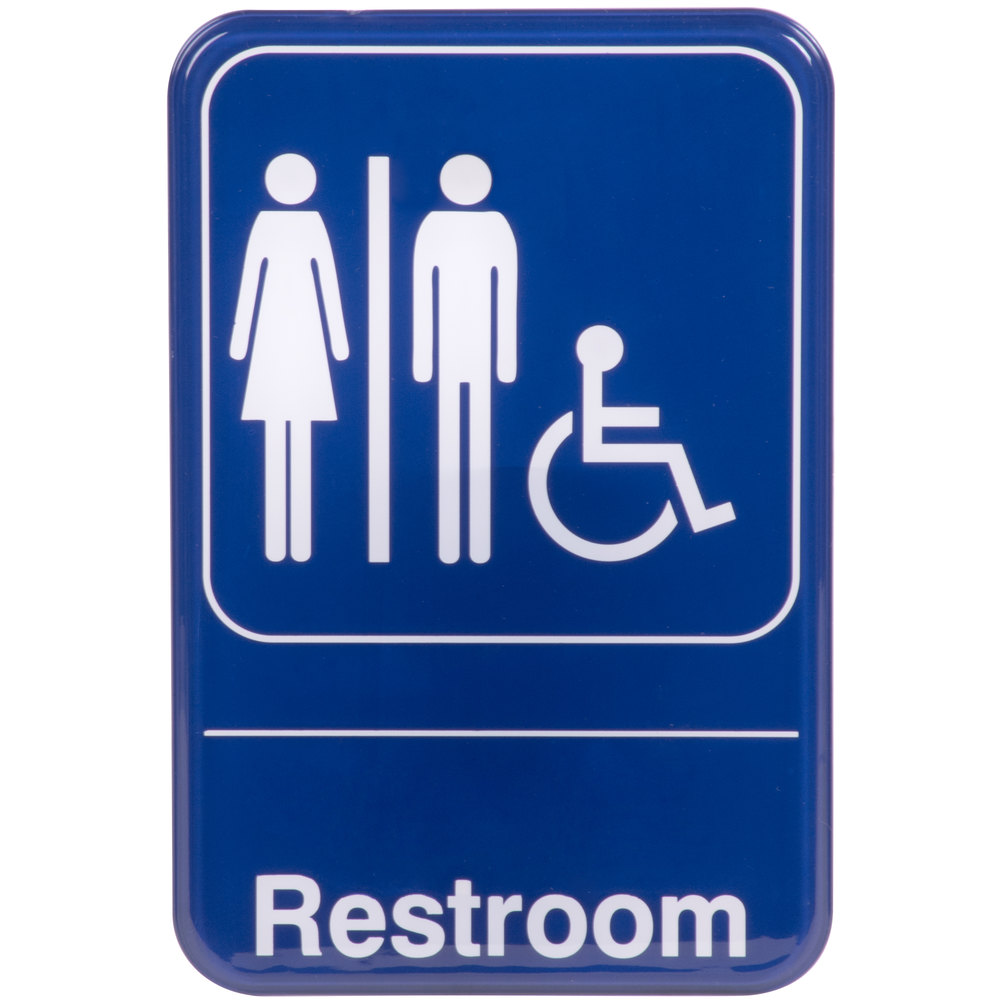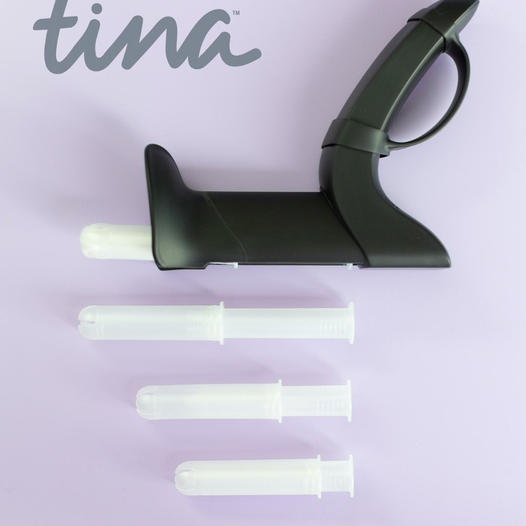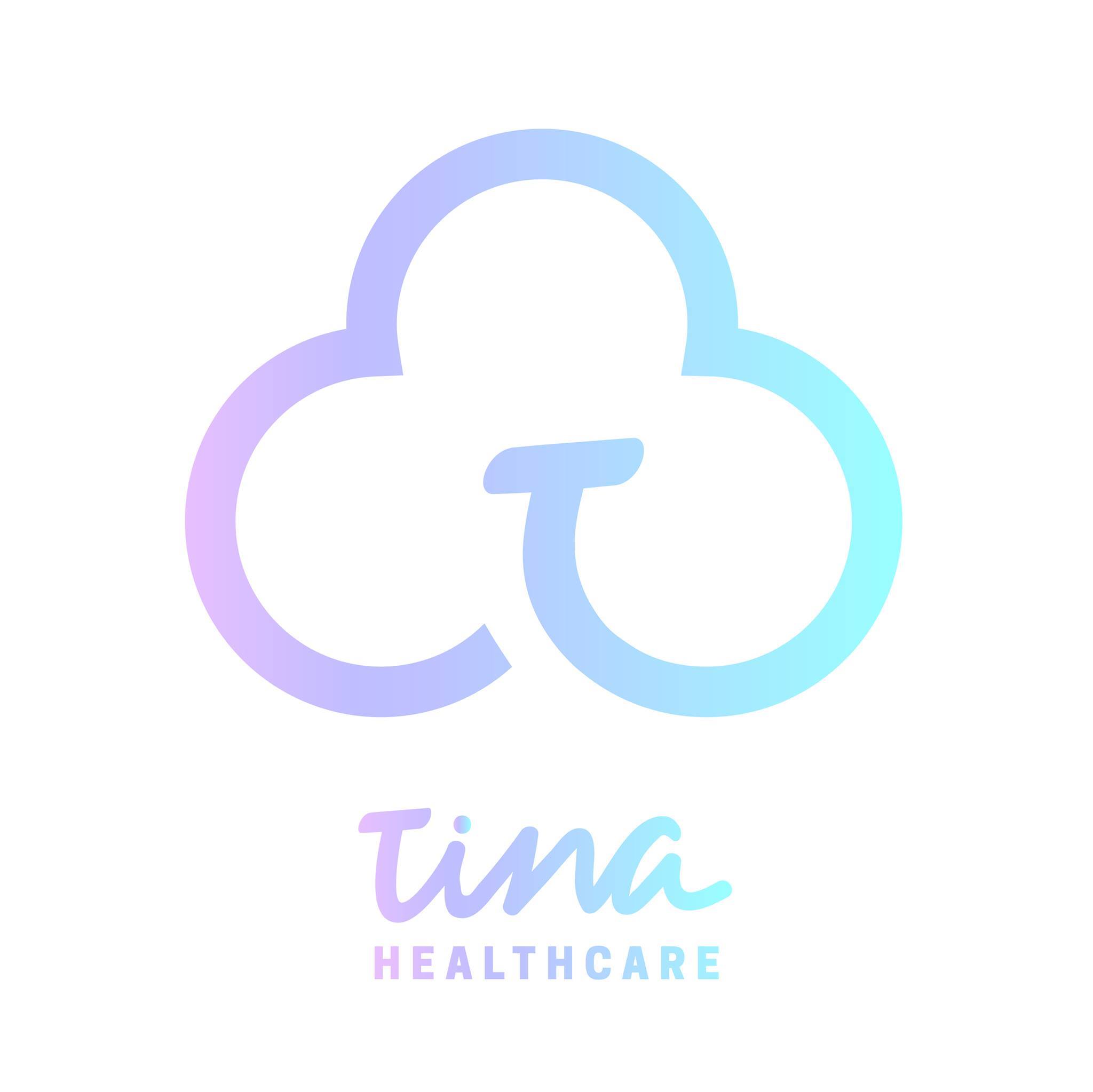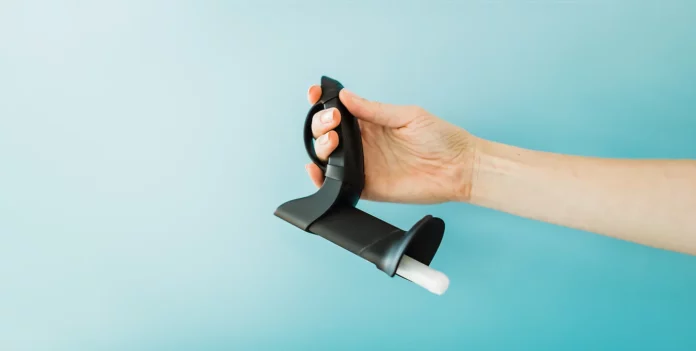Feminine hygiene can be tricky to navigate and, perhaps, especially so during menstruation for individuals with disabilities. Since menstruation typically occurs monthly, hygiene products like pads, menstrual cups and tampons are necessities. And because they are discreet and likely the cleanliest option, tampons are the most popular product among feminine hygiene customers. Still, for people with physical limitations, chronic pain and other disabilities, ease of use isn’t exactly… well, easy.
However, a brand new product called TINA (Tampon INsertion Aid) is about to improve the feminine hygiene market. And it’s about time… PERIOD!
Identifying an Accessible Product Gap and Demand
Ali Kight, the founder of TINA Healthcare, says the idea for TINA came about during an engineering design class she took during undergrad studies at Georgia Tech in 2016. Her workgroup decided to redesign the tampon because the product, quite simply, doesn’t serve all people as it should. As they dug into the design history of the tampon applicator, the budding inventors found that the tampon hadn’t been significantly updated in about 90 years (since it was first invented and patented by Dr. Earl Haas).

Then, the student team stumbled upon a forum for people with spinal cord injuries, where members were discussing how they dealt with tampon use. “Some members with C6-C7 tetraplegia were struggling to use tampon applicators and were resorting to hysterectomies and pharmacological mitigation of their period because there were no other options. Pads, for example, interfered with their catheterization,” Kight tells AmeriDisability. “This thread inspired us to redesign the tampon insertion and removal experience for accessibility; in particular, prioritizing users with limited dexterity. And TINA (Tampon INsertion Aid) was born.”
Soon thereafter, the team began posting about TINA on social media and immediate interest flooded in from people with varying disabilities and health issues. That sparked the transition of TINA from being an innovative class project into a much bigger product development centered on accessibility and inclusion.
TINA was originally designed for people with mobility limitations, but Kight says it’s evolved to accommodate any and all menstruators. “In particular, we have found that TINA helps those with cerebral palsy, spinal cord injuries, rheumatoid arthritis, scoliosis, spina bifida, multiple sclerosis, obesity, gender dysmorphia, first-time (tampon) learners and those just looking for an easier way,” Kight explains.
How it Works
TINA is a reusable aid that clips onto off-the-shelf applicator tampons and facilitates easy, comfortable and consistent insertion through simple, upper-arm movements. By replacing fine motor manipulations and adding extra reach, TINA allows for fluid, single movement to achieve application. There is also a feature that helps with removal.
The demand for accessible feminine hygiene products is without a doubt present. According to Kight, initial studies by TINA Healthcare found that 80 percent of people with disabilities would like an assistive aid to facilitate tampon insertion.

“When I saw TINA I thought, ‘Yes, an assistive device that will finally help me!’ I have a connective tissue disease that causes me to progressively lose my fine motor skills. TINA gives me a sense of ‘normalcy’ back,” declares Lacey, who tested the product.
Several hundred potential customers have tested the TINA, and feedback has been put to use. Kight offers, “Ergonomics matter! As an engineer, it is easy to prioritize functionality from first principles. In other words, the first product we created included all of the right tolerances, materials and geometry to get the tampon into the right place when the correct forces were exerted on the device. Once we put the device ‘out into the wild,’ we immediately learned that we had so much more we needed to consider: Was the grip comfortable? Was the design intuitive? Was it easy to misuse? Was the form factor aesthetically pleasing?”
TINA Healthcare is finding the answers to these questions to be varied, and they are committed to evaluating user insight to finesse the design. In fact, TINA has gone through at least eight refinements over its lifetime thanks to tester input. Most recently, TINA Healthcare integrated opinions about the handle to create a better grip and reach while including softer features on parts that encounter the body for optimal comfort.
Empowering Users
TINA Healthcare showcases the identification of yet another accessibility gap and, thankfully, an adaptive solution. Now the company is working to establish widespread availability of TINA, such as through e-commerce platforms and retail stores. Kight says she hopes TINA Healthcare will also inspire others to explore universal design and inclusivity.

Kight, who is finishing up her Ph.D. at Stanford University, says TINA Healthcare has been perfecting the product for nearly three years as it’s essential to get the product just right. This includes ensuring compatibility with different tampon brands and sizes.
Early access pre-orders are now available through TINA’s online shop.
Expanding Accessibility through Collaboration
TINA Healthcare received an initial investment through Georgia Tech’s CREATE-X start-up incubator program. While this growing business remains in its infancy stage, it’s advancing through investments of individuals and disability allies. Of course, Kight hopes business will soon boom once TINA hits more and more shelves.
Potential product users can support TINA Healthcare by sharing personal experiences – anonymously or otherwise – via the company’s blog. TINA Healthcare is also unveiling a chat safe-space via Facebook Groups to encourage conversations centered on disability, menstruation complexities and more. This platform will require community ambassadors and group moderators. Those interested in such opportunities can inquire using the online contact form.

TINA Healthcare intends to expand its accessible product line to include menstrual cups and disks and, eventually, other grooming aids and make-up.






